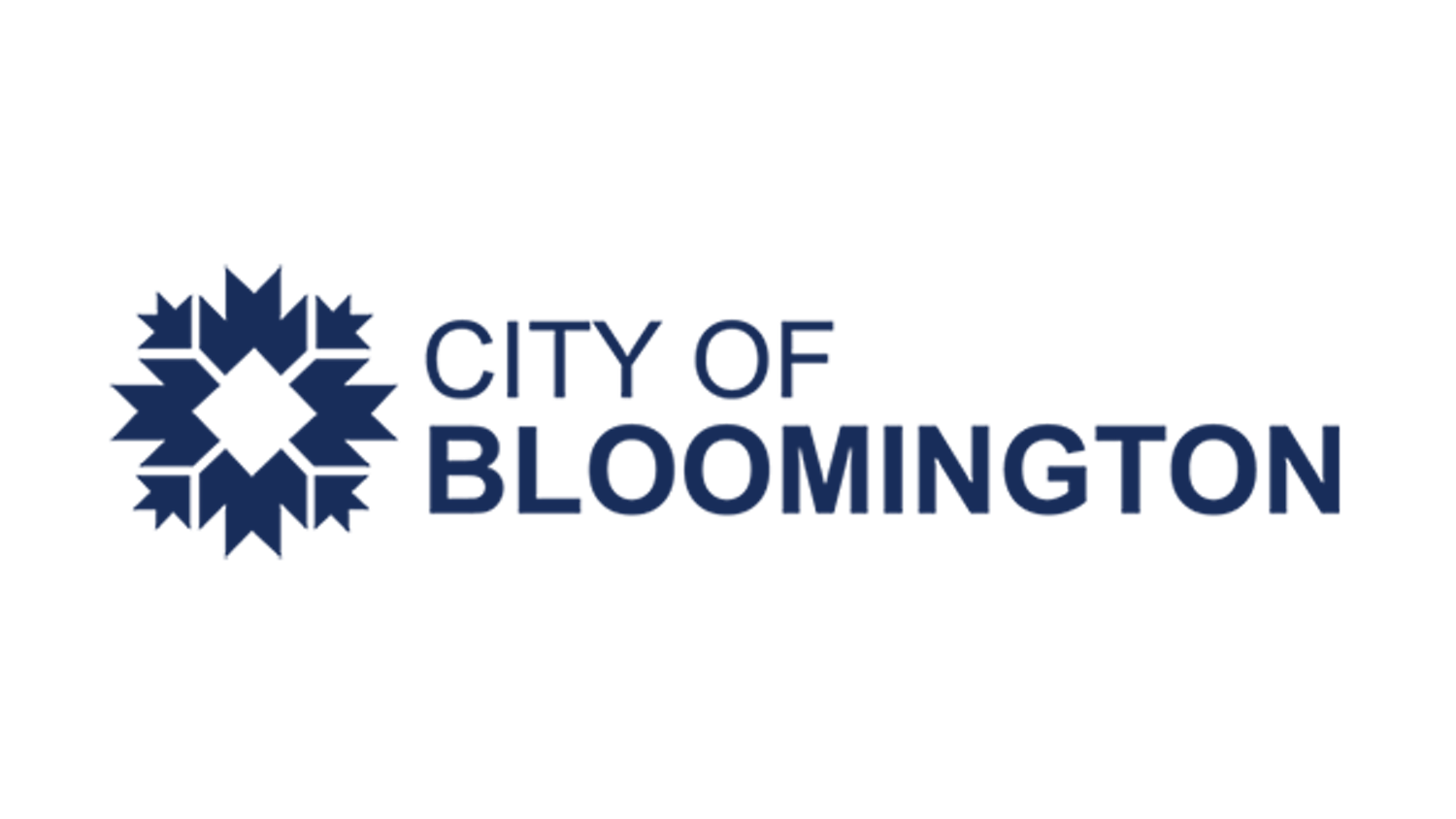Between 100,000 and 300,000 American children are victims of sex trafficking every year.
It’s an issue in Monroe County expected to grow, Monroe County Prosecutor Chris Gaal said.
In Indiana there have been a total of 78 cases of human trafficking identified by law enforcement and more than 53 that have been identified by service providers, said Abigail Kuzma, chief counsel of the Consumer Protection at the Indiana Attorney General’s Office.
Human trafficking occurs when people are recruited to work or provide services through use of force, fraud or coercion. The two types of human trafficking are sex trafficking and labor trafficking, according to Indiana Protection for Abused and Trafficked Humans.
Bloomington Police Department Captain Joe Qualters said in an email the BPD has investigated complaints about human trafficking in Bloomington related to allegations of prostitution and unpaid forced labor in restaurants, but nothing has ever been substantiated.
Last week, 54 people participated in a training on human trafficking at the City of Bloomington’s Public Safety Training Center, Gaal said. The training was organized with IPATH, the Indiana Prosecuting Attorneys Council, the Indianapolis Metropolitan Police Department and the Marion County Prosecutor’s Office.
“The importance of training on the subject of human trafficking is that it creates awareness within the law enforcement community of the existence and depth of the problem,” Qualters said.
One of the goals of the training was to see how people identify victims and what to do once one has been identified.
Kuzma said foreign-born persons are brought here to be trafficked. They are vulnerable because they do not have a legal right to be here, so they do what the traffickers tell them.
“They don’t have any support system because they come here by themselves with no money, no community and they don’t know the language, so they don’t know how to find assistance,” Kuzma said.
Although many are foreign-born, 83 percent of human trafficking victims are United States citizens, Kuzma said.
Adverse child experiences are experiences such as sexual abuse, physical abuse, domestic abuse or a parent in jail, Kuzma said. A child with one or more ACES is more vulnerable to trafficking than a normal child, Kuzma said.
Some people who attended the training were local law enforcement, health care providers, educators and victim advocates, Gaal said.
“We know that it is a big problem in Indiana, and we’re only finding the tip of the iceberg. There are a lot more,” Kuzma said.
Kuzma described a situation of sex trafficking. She said it is usually a child who is a U.S. citizen who has already been traumatized and is maybe feeling really lonely, and an older guy comes into the picture pretending to be her boyfriend.
Kuzma said the man acting as a boyfriend will then take the child through a “grooming” process where he takes her away from her safety net, moves her out of the state and eventually offers her for prostitution.
In the past, people have thought of prostitution as a victimless crime, Kuzma said. However, that is false, and there is a lot of violence involved.
“It’s really important that we are not buying into the lies that we hear everyday about prostitution,” Kuzma said.
The average age of people getting involved with the commercial sex industry is 12-14 years old, Kuzma said.
“People don’t really want to hear about it, but we need to realize that it is everybody’s business because people are being abused,” Kuzma said.
Follow reporter Mary Hauber on Twitter @mary_hauber.
Community members, police fight human trafficking
Get stories like this in your inbox
Subscribe





